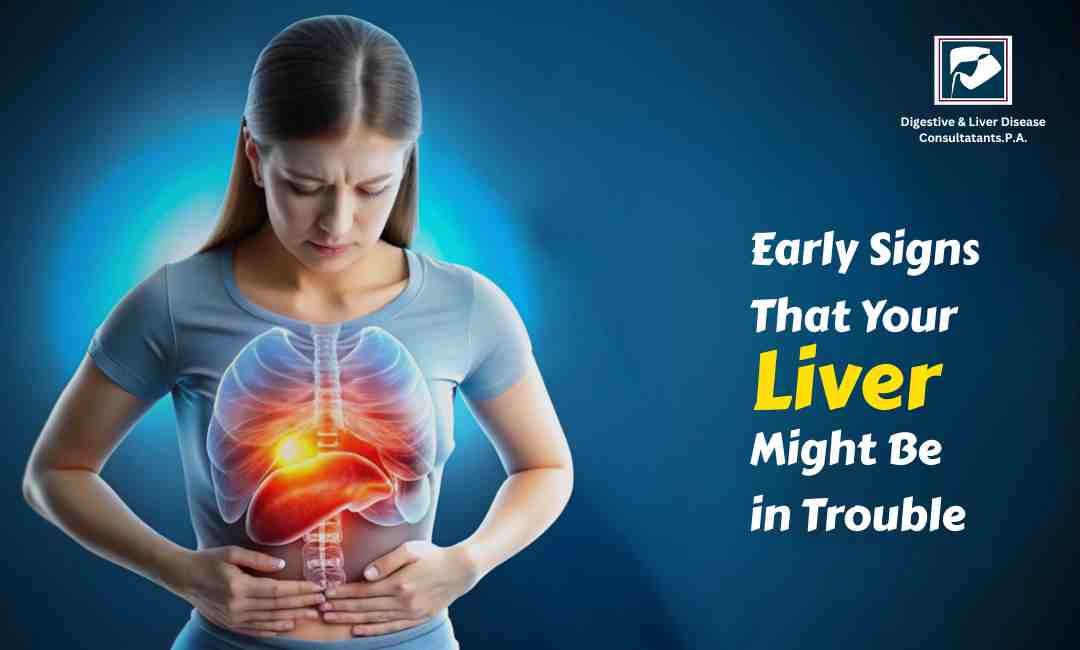Non-alcoholic fatty Liver Disease (NAFLD) is a condition where fat builds up in the liver, not due to alcohol consumption. It’s becoming increasingly common, especially in today’s world where poor diets, sedentary lifestyles, and rising obesity rates are widespread. Though NAFLD often doesn’t show immediate symptoms, it can lead to serious liver damage if left untreated. Understanding this condition, its causes, risk factors, and ways to manage it is crucial for maintaining a healthy liver.
What Is Non-Alcoholic Fatty Liver Disease (NAFLD)?
Your liver plays a vital role in your overall health by filtering toxins from the blood, making proteins, and storing energy. A healthy liver contains little fat, but when fat accumulates in the liver cells, it can cause inflammation and liver damage. In NAFLD, this fat buildup happens in people who drink little or no alcohol.
NAFLD is a spectrum of liver conditions, and it has two main stages:
Simple Fatty Liver (Non-Alcoholic Fatty Liver, or NAFL): This is the early stage of the disease where fat builds up in the liver without causing inflammation or damage to liver cells. It may not cause any noticeable symptoms, and in many cases, people with NAFLD don't even realize they have it.
Non-Alcoholic Steatohepatitis (NASH): If left untreated, NAFL can progress to NASH, a more serious condition where the fat in the liver causes inflammation and damage to liver cells. Over time, NASH can lead to liver scarring (cirrhosis) and increase the risk of liver cancer.
What Causes Non-Alcoholic Fatty Liver Disease?
The exact cause of NAFLD isn't fully understood, but it is strongly associated with certain risk factors, many of which are linked to modern lifestyle choices. The most common causes include:

Obesity: Being overweight or obese increases the amount of fat in the liver. This is one of the strongest risk factors for NAFLD.
Type 2 Diabetes: Insulin resistance, which is common in people with type 2 diabetes, can cause fat to build up in the liver.
High Cholesterol and High Blood Pressure: Both of these conditions can increase the risk of developing NAFLD.
Poor Diet: Eating a diet high in processed foods, sugars, and unhealthy fats can contribute to liver fat buildup.
Sedentary Lifestyle: Lack of exercise or physical activity can lead to weight gain and fat accumulation, which are risk factors for NAFLD.
Genetics: A family history of liver disease or obesity can make you more likely to develop NAFLD.
Who Is at Risk?
While NAFLD can affect anyone, certain groups of people are more likely to develop the condition. These include individuals who are:
- Overweight or obese
- Suffering from type 2 diabetes or prediabetes
- Have high cholesterol or high blood pressure
- Have a sedentary lifestyle with little physical activity
- Over the age of 40
- Have a family history of liver disease
What Are the Symptoms?
NAFLD often has no clear symptoms, especially in its early stages. Many people with this condition don’t even know they have it unless they get routine blood tests or imaging tests, such as an ultrasound or MRI, that reveal liver fat buildup.
As the disease progresses, however, some people may experience:
- Fatigue
- Unexplained weight loss
- Abdominal discomfort or pain in the upper right side of the abdomen
- Swelling in the abdomen or legs
- Yellowing of the skin and eyes (jaundice) in more advanced stages
If you’re experiencing any of these symptoms, it’s important to consult with a healthcare provider.
How Is NAFLD Diagnosed?
Diagnosing NAFLD usually begins with a physical examination and a review of medical history. Your doctor may suggest the following tests:
Blood Tests: Liver enzyme tests can help identify liver inflammation or damage.
Imaging Tests: An ultrasound, CT scan, or MRI can show fat accumulation in the liver.
Liver Biopsy: In some cases, a liver biopsy may be performed to assess the severity of liver damage, especially if there’s concern about NASH or cirrhosis.
How Can You Manage or Treat NAFLD?
While there’s no specific medication for NAFLD, lifestyle changes can help manage the condition and even reverse its progression in many cases. Here are some key steps to managing NAFLD:
Lose Weight: If you’re overweight, losing even a small amount of weight can help reduce liver fat. Aim for a gradual weight loss of about 5-10% of your body weight.
Healthy Diet: A diet rich in fruits, vegetables, whole grains, lean proteins, and healthy fats (like those found in nuts, seeds, and fish) can help improve liver health. Limit your intake of sugar, refined carbohydrates, and unhealthy fats.
Exercise Regularly: Aim for at least 150 minutes of moderate aerobic activity each week. Regular exercise can help reduce fat in the liver and improve overall health.
Control Blood Sugar: Managing your blood sugar levels is essential, especially for those with type 2 diabetes or prediabetes. Proper management can help prevent the progression of NAFLD.
Avoid Alcohol: Even though alcohol doesn’t directly cause NAFLD, drinking alcohol can worsen liver damage, so it’s best to avoid it.
Manage Cholesterol and Blood Pressure: Keeping your cholesterol and blood pressure within healthy ranges can reduce the risk of NAFLD and other liver-related complications.
Conclusion
Non-Alcoholic Fatty Liver Disease may not always present symptoms, but it’s a serious condition that can lead to severe liver damage if not managed properly. Adopting a healthy lifestyle—through diet, exercise, and regular medical check-ups—can help reduce the risks associated with NAFLD.
If you’re experiencing symptoms or have risk factors for Non-Alcoholic Fatty Liver Disease, it’s important to take action now. Contact DLDC (Digestive & Liver Disease Consultants P.A) to schedule an appointment with one of our specialists.






